“We need your help to keep Los Glaciares National Park pristine“, says the ranger. “If we all work together, we’ll be able to preserve Los Glaciares as it is for the future generations“.
Most morning and early afternoon buses arriving from El Calafate stop at the Visitors Centre before reaching El Chaltèn. Passengers are split in two groups, Spanish- and English-speaking, and informed on the park’s rules.
“Our philosophy is Leave No Traces“, the ranger goes on. “Los Glaciares is one of world’s oldest National Parks and we’re very proud of it“.
They’re right to be. The mountain scenery in Los Glaciares National Park is stunning and one of the most beautiful in the world. That’s why responsible trekking is so important and rangers are strongly involved in raising awareness among the visitors.
Responsible trekking is a matter of simple rules
- No camping outside the designated sites.
- No fires (cooking is allowed only using camping stoves).
- All garbage (including toilet paper) must be taken back.
- Washing must be done away from water courses to keep them clear.
- Also, pets cannot enter Los Glaciares National Park to avoid transmission of diseases and parasites to the wildlife.
Simple rules, based on common sense, and yet it’s astounding how many people still need to be reminded respect and care towards nature. Rangers are fully committed in Los Glaciares preservation, including regular patrols to check hikers (including their garbage, yes!), ready to invite those misbehaving to leave the National Park.
Responsible trekking means knowing your own limits
Aside from the preservation of nature, trekking responsibly is also a matter of taking care of your own safety, avoiding to put yourself and others at risk.
“In case of an accident, we are ready to provide rescue“, says the ranger. “However, hikers, trekkers and climbers must keep in mind that we have limited resources, Los Glaciares is a remote area and the nearest hospital is a long way off. Despite all our efforts to alert them, serious casualties – included sometimes death – still happen“.
Again, it’s a matter of common sense.
- Always check the weather forecast (keeping in mind that there are always margins for error) and remember that weather can change abruptly in the mountains.
- Beware of the strong winds (and believe me, they can be really strong), becoming a potential danger in very exposed areas, highlighted by the rangers and in the map.
- Ask rangers when planning to trek on more challenging trails.
- Most importantly, beware of your limits, especially if you’re hiking alone.
Los Glaciares National Park and the power of wilderness
With its stunning views on the mountains, glaciers and the valley, and the ever-changing landscape, the northern section of Los Glaciares National Park is remarkable for its wild beauty. In this area, responsible trekking is no wishful thinking but a reality. Apart from a couple of pieces of toilet paper, I was impressed by how pristine the National Park is.
The “Leave no Traces” philosophy seems to work pretty well here, and I suspect that one of the reasons is the communication style adopted by the rangers. I loved when the guy said, right at the beginning, “we need your help“. Making people feeling involved works much better than mere “don’t do this, don’t do that“.
Responsible trekking in Los Glaciares is more than just words, like it sadly happens too often in other National Parks.
What are your trekking experiences in National Parks and your thoughts?

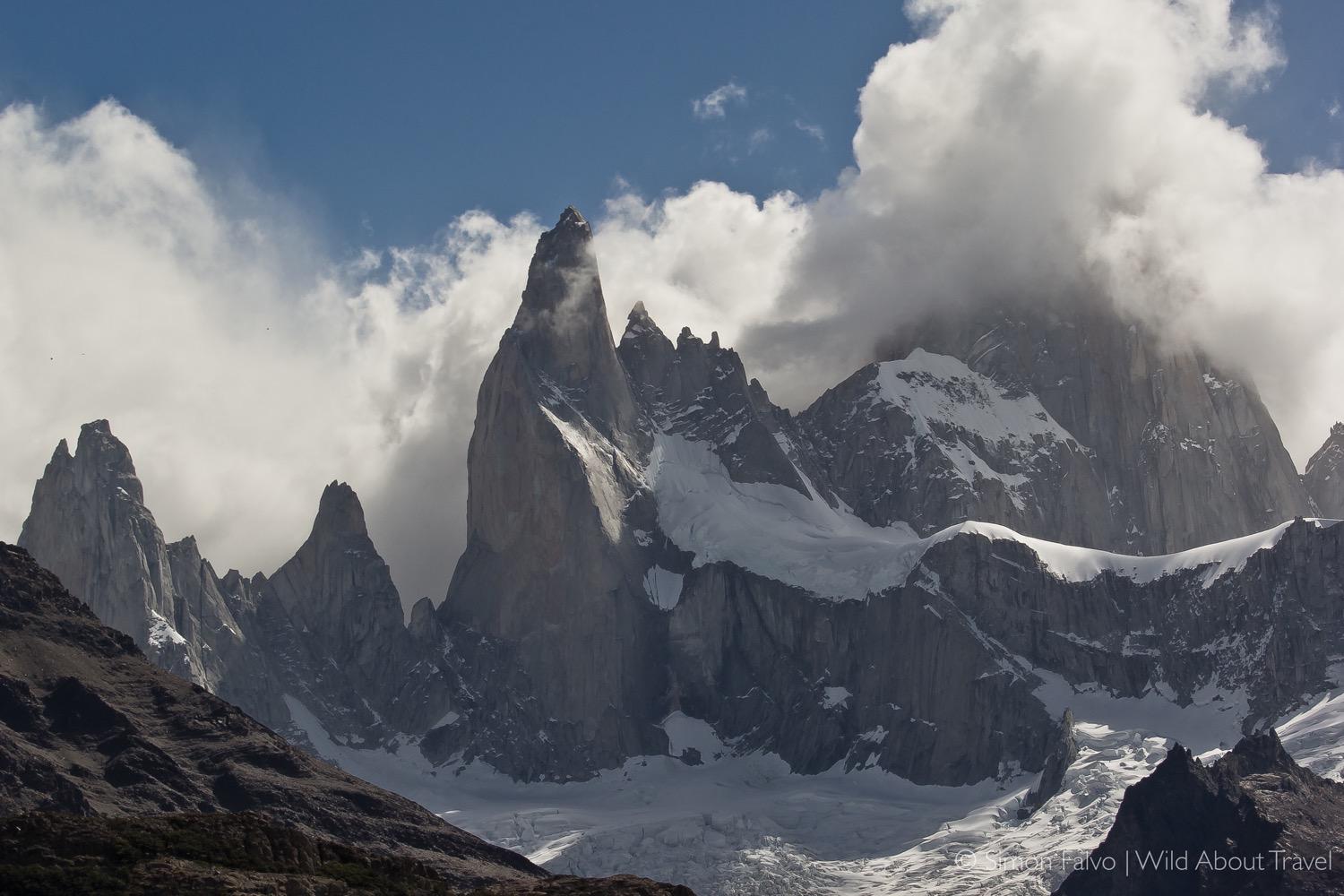
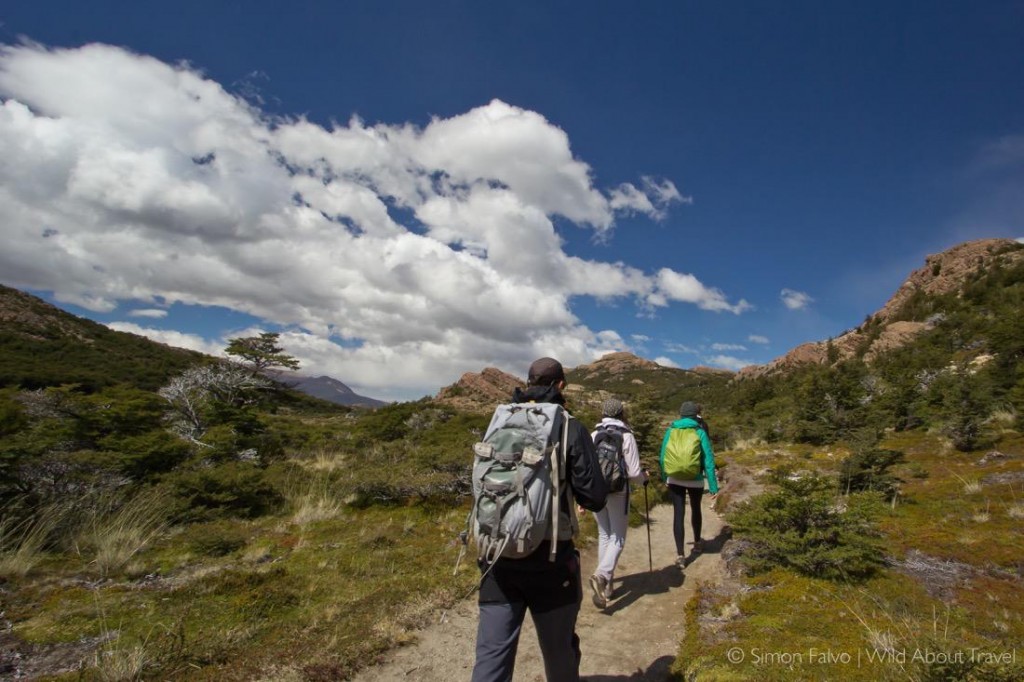
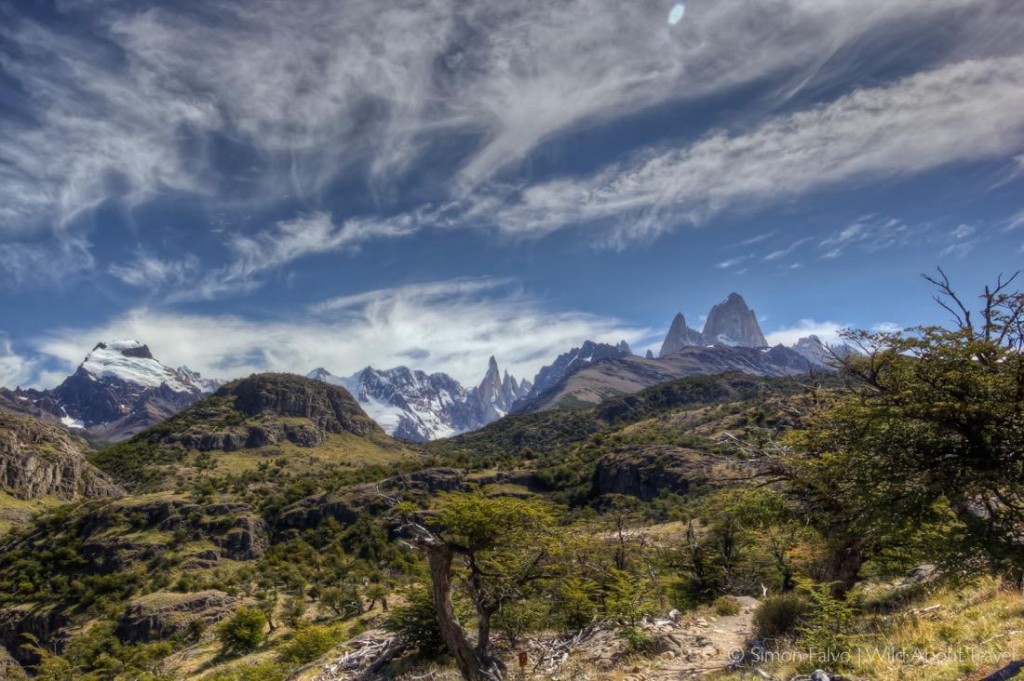
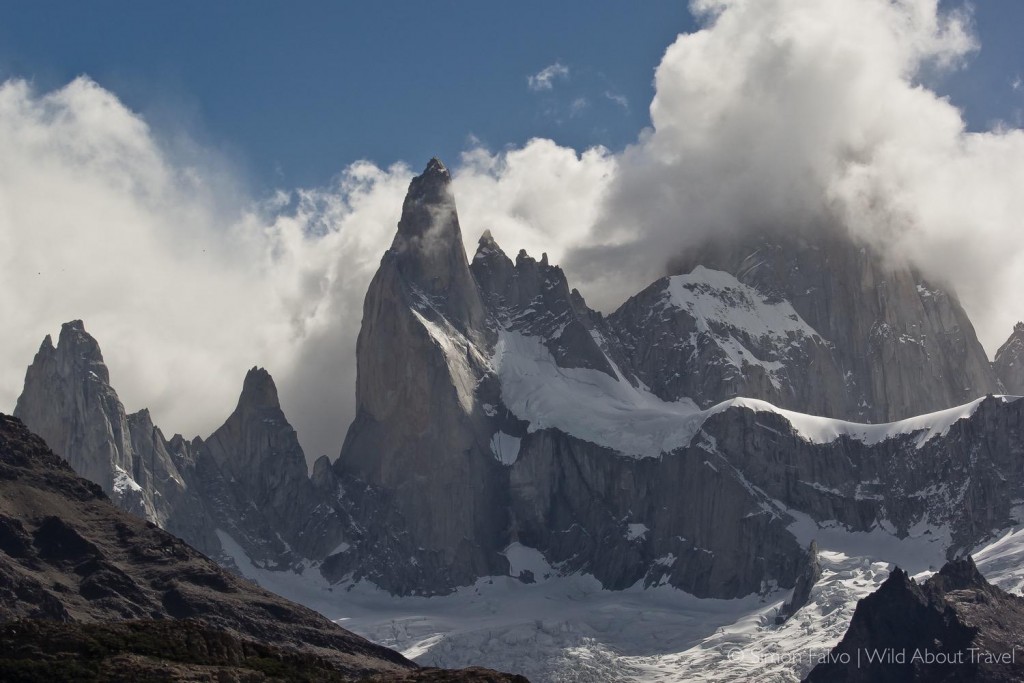
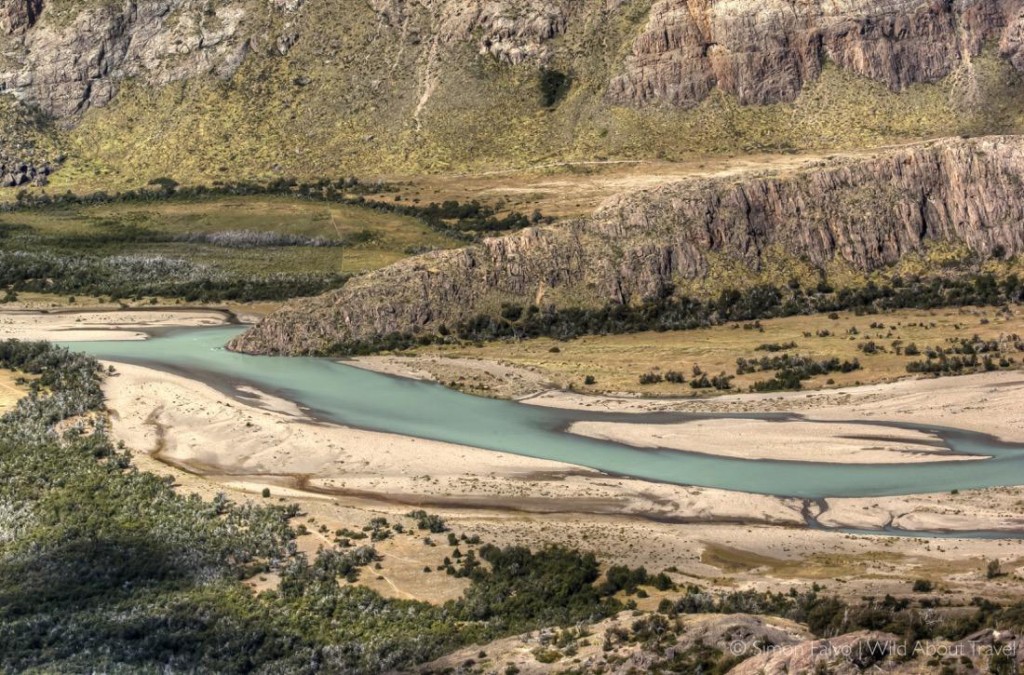


Simon, As always your photos are so inspiring. It makes me want to get right to the mountains.